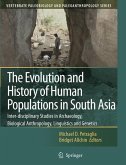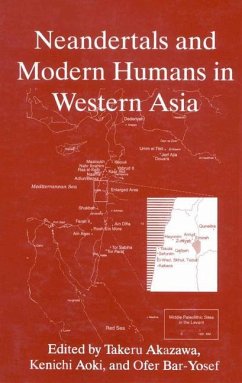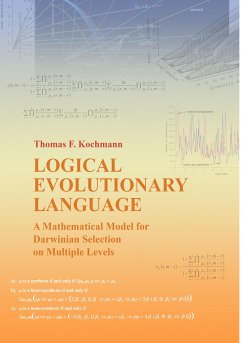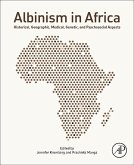High Quality Content by WIKIPEDIA articles! The genetics and archaeogenetics of the ethnic groups of South Asia aim at uncovering these groups' genetic history.Their geographic position makes Indian populations important for the study of the early dispersal of human populations on the Eurasian continent. It has been found that the node of the phylogenetic tree of mtDNA, ancestral to more than 90 per cent of the present-day typically European maternal lineages are also to be found in south Asia at relatively high frequencies. The inferred divergence of this common ancestral node is estimated to have occurred slightly less than 50,000 years ago. The Indian Genome Variation Consortium observed high levels of genetic divergence between groups of populations that cluster largely on the basis of ethnicity and language. However studies based on mtDNA variation have reported genetic unity of Indian populations. Recent research based on molecular studies and archaeological record have confirmed this and suggest an autochthonous differentiation of the genetic structure of the populations in South Asia.
Bitte wählen Sie Ihr Anliegen aus.
Rechnungen
Retourenschein anfordern
Bestellstatus
Storno








